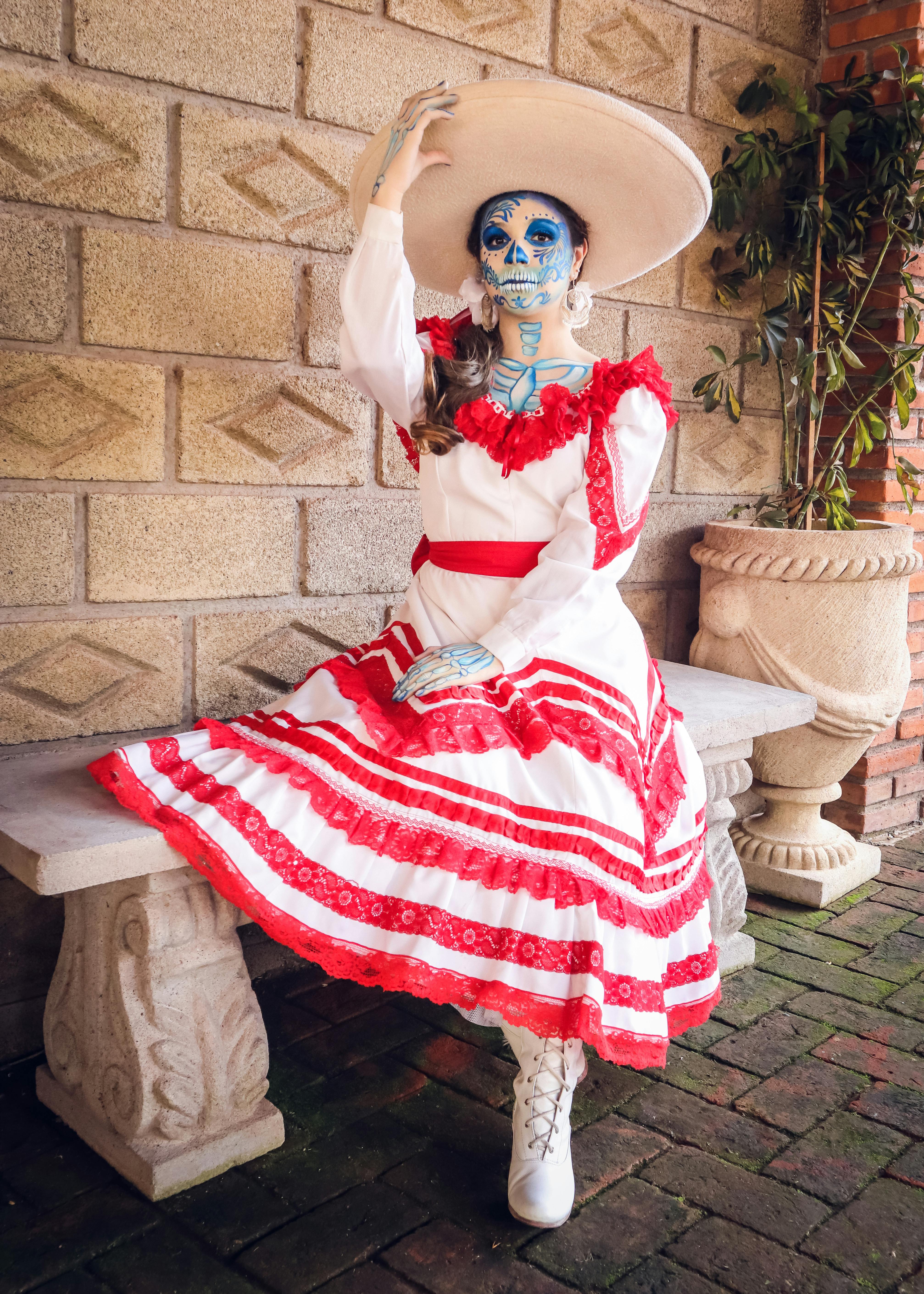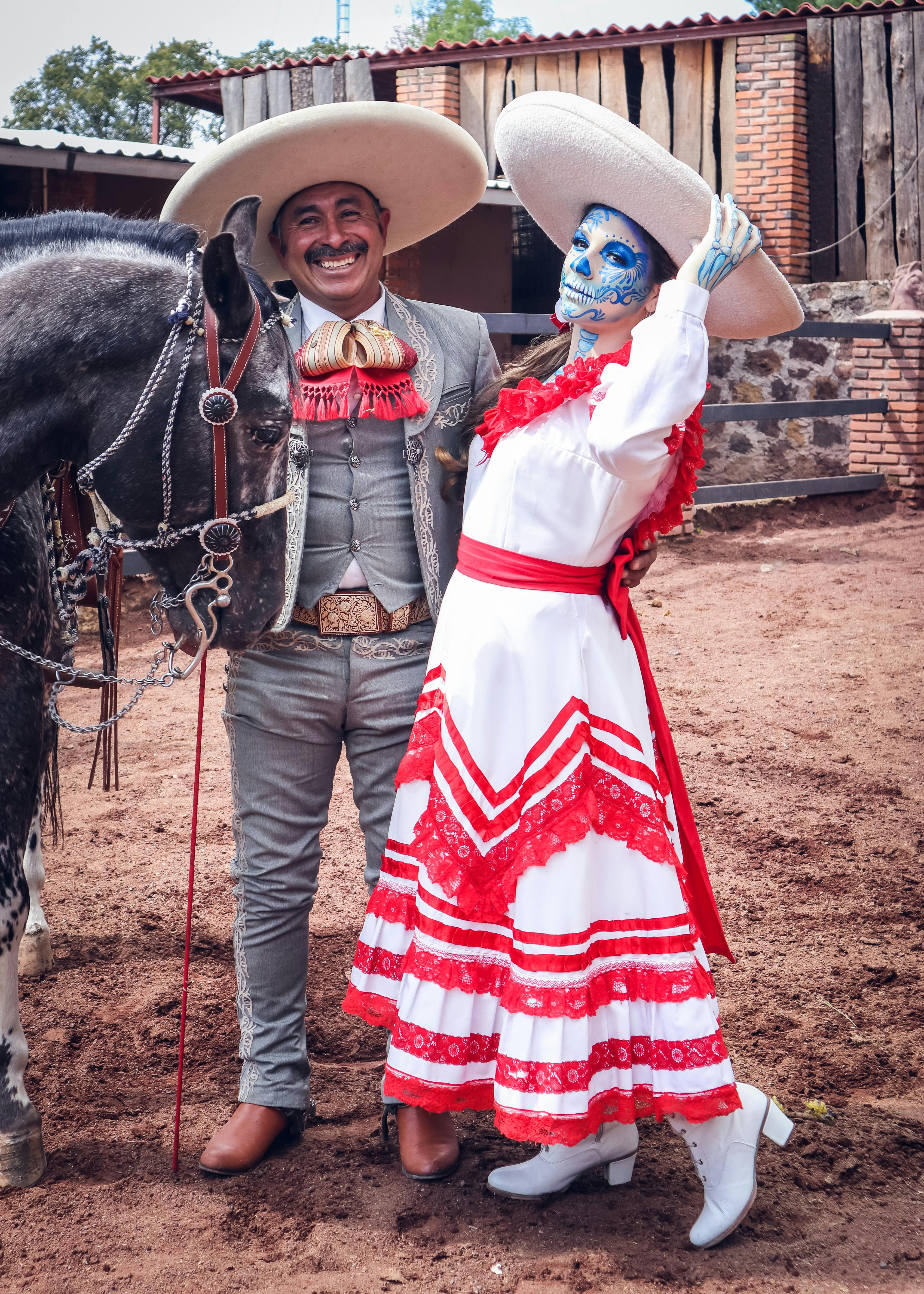Imagine starting your day with a cup of delicious, aromatic Armenian coffee. The rich, authentic flavors and the unique brewing process make it a captivating experience. In this article, we will guide you through the steps of making traditional Armenian coffee, from choosing the right coffee grounds to mastering the brewing technique. So grab a cup and get ready to embark on a delightful coffee-making journey. Let’s indulge in the wonderful world of Armenian coffee.

This image is property of images.pexels.com.
Understanding the History of Armenian Coffee
Armenian coffee, also known as Armenian-style coffee or Armenian coffee, has a rich history that dates back centuries. It is deeply rooted in Armenian culture and has become a significant part of their culinary heritage. Understanding the history of Armenian coffee is key to appreciating its cultural importance and the traditional methods used to prepare it.
Armenian coffee originated in the Ottoman Empire during the 16th century. It was introduced to the region by Armenian merchants who traveled along the Silk Road and established coffee houses in prominent cities. Over time, the traditional method of brewing coffee in a Jazve, a small metal pot with a long handle, became synonymous with Armenian coffee.
The evolution of Armenian coffee has been influenced by various cultural exchanges. While the coffee itself is similar to Turkish coffee in terms of the brewing method and flavor, Armenian coffee possesses a distinct character. The Armenian people have developed their own unique style and blend of coffee beans, resulting in a flavor profile that sets it apart.
Armenian coffee has achieved a significant level of cultural significance within Armenia. It is not merely a beverage; it is a symbol of hospitality, tradition, and social connection. Serving Armenian coffee to guests is seen as a gesture of warmth and friendship. It has become a customary part of celebrations, family gatherings, and even everyday conversations in Armenian households.
Identifying the Ingredients Needed for Armenian Coffee
To make authentic Armenian coffee, it is crucial to carefully select the right ingredients. Paying attention to the type of coffee beans used, the water-to-coffee proportion, and optional additives like sugar or cardamom ensures an authentic and flavorful result.
The type of coffee beans used in Armenian coffee is typically a dark roast with a medium to fine grind. Arabica beans are commonly preferred for their robust flavor and strong aroma. These beans bring out the best qualities of Armenian coffee and contribute to its distinct taste.
The water-to-coffee proportion is a fundamental aspect of making Armenian coffee. The general rule of thumb is to use one teaspoon of coffee for every cup of water. However, this can be adjusted based on personal preference for a stronger or milder taste. It is important to strike the right balance to achieve the desired flavor profile.
Optional additives like sugar or cardamom can enhance the taste of Armenian coffee. Adding sugar is a common practice in Armenia, with a popular variation known as “sweety,” where sugar is added during the brewing process. Cardamom, on the other hand, provides a refreshing and aromatic twist to the coffee. It is crushed and added to the coffee grounds before brewing.
Choosing the Right Equipment
The selection of suitable equipment is crucial in preparing Armenian coffee. The Jazve, a small metal pot with a long handle, holds great significance in Armenian coffee culture.
The Jazve is traditionally made of copper and has a wide base, narrow neck, and a spout for pouring. The copper material is known for its excellent heat conductivity, which allows for even distribution of heat during the brewing process. The long handle provides a comfortable grip while pouring the coffee.
If a Jazve is not available, suitable alternatives can be used. A small stainless-steel pot or a Turkish coffee pot can adequately fulfill the purpose. The key is to ensure that the pot provides efficient heat conduction and has a spouted design for easy pouring.
Choosing the right cup size is also important to fully enjoy the experience of Armenian coffee. Traditional Armenian coffee cups, called “zakan,” are small, often with ornate designs or patterns. These cups are specifically designed to maintain the optimal temperature of the coffee while providing an aesthetic appeal. Using smaller cups helps savor the rich flavors and aromas of Armenian coffee.
Grinding the Coffee Beans
Grinding the coffee beans to the right consistency is crucial for a perfect cup of Armenian coffee. The beans need to be finely ground to extract the full flavor and aroma, ensuring a rich and robust taste.
There are various grinding equipment options available, each with their own advantages. A burr grinder is recommended for achieving a consistent and uniform grind size. It allows for precise control over the grind size, ensuring the desired level of fineness.
When using a burr grinder, set it to a fine setting to achieve the desired level of grind. If a burr grinder is not available, a blade grinder can be used as an alternative. However, it is essential to be mindful of the grind consistency and avoid over-grinding the beans, which can lead to a bitter taste.
Grinding techniques can also play a role in achieving the optimal texture. For Armenian coffee, it is recommended to grind the beans to a texture resembling powdered sugar. The fine grind size ensures easy extraction of flavors during the brewing process and contributes to the velvety texture and rich body of the coffee.

This image is property of images.pexels.com.
Preparing the Water
The preparation of the water is a crucial step in making Armenian coffee. The water temperature and quantity play significant roles in the overall brewing process.
The water temperature should be hot but not boiling when added to the coffee. It is recommended to heat the water to approximately 195°F to 200°F (90°C to 95°C). This temperature range allows for proper extraction of flavors from the coffee grounds without scorching them.
The quantity of water used depends on the desired strength of the coffee. Generally, one cup of water is used per serving. However, this can be adjusted based on personal preference. It is important to consider the size of the Jazve or the alternative pot being used to ensure proper water-to-coffee ratio.
When incorporating the water into the brewing process, it is typically added gradually. This allows for the coffee grounds to bloom and release their flavors. Pouring the water slowly in a circular motion ensures even saturation of the grounds and optimal extraction.
Mixing the Coffee and the Water
The process of mixing the coffee and the water requires attention to timing and technique. It is important to know when to mix and how to stir the mixture properly.
After pouring the water, it is essential to let it sit for a brief moment to allow the coffee grounds to settle at the bottom of the Jazve or pot. This settling process typically takes around 30 seconds.
Once the settling period is over, it is time to stir the mixture gently. Using a long-handled spoon or stirring rod, stir the coffee gently in a circular motion to combine the coffee and water. Avoid stirring vigorously, as this can disrupt the desired extraction process.
The significance of the “foam” or “crema” that forms on the surface of Armenian coffee should not be overlooked. This foam, known as “khurma,” is a desirable characteristic of Armenian coffee. It adds a satisfying visual appeal and enriches the overall flavor profile. The right combination of factors, including the grind size, brewing temperature, and mixing technique, contribute to the formation of a thick and creamy foam.

This image is property of images.pexels.com.
The Boiling Process
Boiling Armenian coffee requires attention to heat level, timing, and visual cues. Proper boiling ensures the coffee is fully brewed and the flavors are extracted to their fullest potential.
The appropriate heat level for boiling Armenian coffee is low to medium. This allows for a slow and controlled brewing process, which enhances the flavor and prevents the coffee from becoming burnt or bitter. It is important to avoid high heat, as it can result in a rapid boiling process that may negatively affect the taste.
The timing of the boiling process can vary based on personal preference. The traditional approach involves boiling the coffee until it starts to froth and rise, then removing it from the heat. This typically takes around 2 to 3 minutes. However, some individuals prefer a longer boiling time for a stronger and more robust flavor.
During the boiling process, it is crucial to keep a close eye on the coffee. Look for visual cues such as the coffee appearing thick and dense, and the foam rising to the top. These indicators assure that the coffee is reaching the desired brewed state. It is important to remove the coffee from the heat as soon as it starts to rise to prevent over-boiling.
Serving the Coffee
Serving Armenian coffee is an art in itself, with attention given to the pouring technique, accompaniments, and cultural norms.
To pour the coffee, grasp the Jazve or pot with a steady hand, ensuring a proper grip on the handle. Start by pouring a small amount of coffee into each cup, allowing the thick foam to settle and stabilize. Continue pouring the coffee until each cup is filled.
Armenian coffee pairs well with a variety of accompaniments. Traditional Armenian sweets like pakhlava or gata are commonly enjoyed alongside a cup of coffee, adding a touch of sweetness to complement the rich flavors. Additionally, a glass of water is often served alongside the coffee to cleanse the palate between sips.
Understanding the norms and customs associated with serving Armenian coffee is essential. It is customary to serve the eldest or most respected guest first, followed by others in the order of their age or social standing. Pouring a second round is a sign of hospitality and hospitality is highly valued in Armenian culture. It is important to take the time to engage in conversation and savor the coffee to fully appreciate the experience.
Reading the Coffee Grounds
A unique aspect of Armenian coffee culture is the tradition of fortune-telling with coffee grounds. After enjoying a cup of Armenian coffee, the remaining coffee grounds are often used for divination and fortune-telling.
To “read” the coffee cup, the cup is held with the handle facing towards the person, and specific symbols, shapes, and patterns formed by the coffee grounds are interpreted. These interpretations can provide insights into one’s past, present, and future, as well as answers to specific questions or concerns.
While the art of reading coffee grounds requires practice and intuition, it adds an element of mysticism and intrigue to the coffee-drinking experience. It is a beloved tradition that further deepens the cultural significance of Armenian coffee.
Cleaning and Maintenance
Proper cleaning and maintenance of the equipment used in Armenian coffee preparation ensure longevity and continued enjoyment of this cherished tradition.
To clean the Jazve or alternative pot, rinse it thoroughly with warm water immediately after use to remove any coffee residue. Avoid using harsh detergents or scrubbing excessively, as this can damage the pot’s surface. To maintain the copper’s shine, occasionally polish the Jazve with a mixture of vinegar and salt or a store-bought copper cleaner.
Coffee grinding equipment should be cleaned regularly to remove residual coffee grounds. Refer to the manufacturer’s instructions for specific cleaning guidelines for your grinding equipment. It is also important to periodically check and adjust the grind settings to ensure consistent and optimal grind size.
Leftover coffee grounds can be stored for later use. It is recommended to store them in an airtight container in a cool, dark place. This helps preserve the flavor and aroma of the coffee grounds, ensuring they remain fresh for future brewing.
In conclusion, making traditional Armenian coffee is a heartfelt and cultural experience. Understanding the history, selecting the right ingredients, choosing suitable equipment, and employing proper techniques all contribute to the rich flavors and significance of Armenian coffee. Whether you’re enjoying it in the company of loved ones or delving into the art of fortune-telling, Armenian coffee carries a legacy of warmth, tradition, and hospitality that transcends mere preparation.




